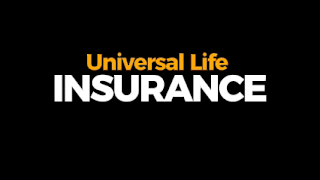If you're involved in a car accident in California, here are the key legal procedures to follow:
Stay at the Scene: It's crucial to remain at the accident site, especially if there are injuries or significant property damage.
Check for Injuries: Ensure that everyone involved is safe. Call 911 if there are injuries or if emergency services are needed.
Exchange Information: Gather details from the other driver(s), including names, contact information, insurance details, and vehicle information.
Document the Accident: Take photos of the accident scene, vehicles involved, and any relevant road conditions or signage. Write down details about the accident while they're fresh in your mind.
File a Report: If there's significant damage or injury, you may need to file a report with the California Highway Patrol or local police. It's also a good idea to report the accident to your insurance company.
Notify DMV: If there are injuries or property damage exceeding $1,000, you must report the accident to the California Department of Motor Vehicles (DMV) within 10 days.
Consult a Lawyer: If there are disputes about liability or if you're facing significant medical expenses, consider consulting with a personal injury attorney.
Medical Treatment: Seek medical attention even if injuries seem minor, as some symptoms can develop later.
Keep Records: Maintain thorough records of all communications, medical treatments, and expenses related to the accident.
Follow Up with Insurance: Work with your insurance company to process any claims and understand your coverage options.





